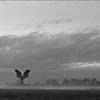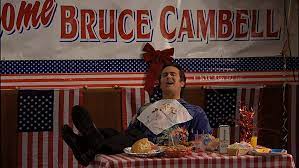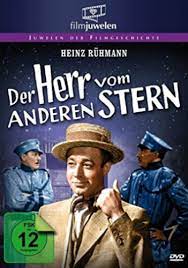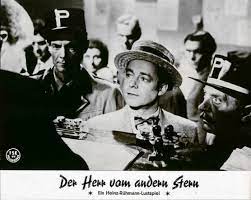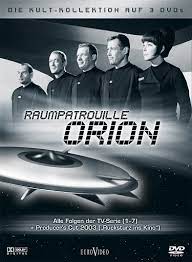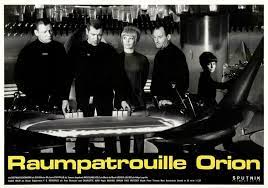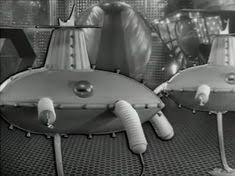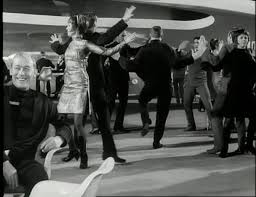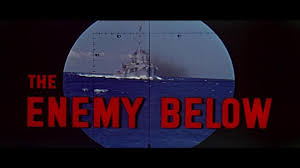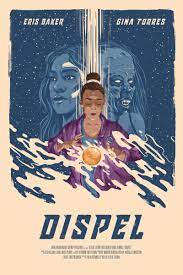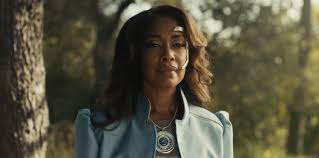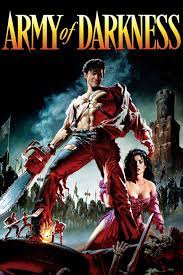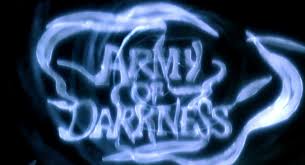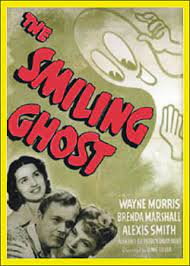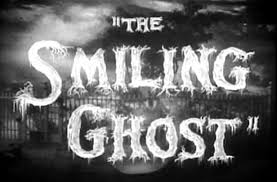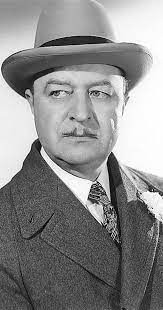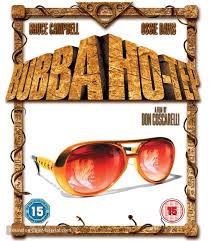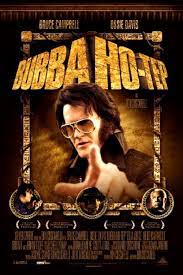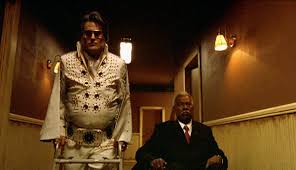Der Herr vom anderen Stern (1948)
IMDb meta-data is runtime of 1 hour and 33 minutes, rated 6.2 by 68 cinematizens.
Genre: Sy Fy.
Verdict: Too little, too late.
A man from another star travels the galaxy by concentrating his mind; as he passes Earth he loses focus and lands in a phone booth, well, in front of one, where he takes the form of a nearby shop window dummy, just as two Keystone Kops pass. Having appeared from nowhere, he gets their attention. Worse, Alien has no papers and seems amused at being asked to identify himself, but he is only to glad to confess that he is a man from another star.
Ach! What is a plod to do with an alien but take him to someone in higher authority. There follows an interview with police chief who is left in a daze for this alien can create objects by thought alone, like a cigar or an ashtray. Since he has no papers, the solution is to get him some, so chief has him escorted to the registry office, where he again performs his magic. He now has papers, but by this time the not so secret police are onto him and dog his steps.
In and out of lines of petitioners at the police station and registry office, he meets Flora whom he quite likes and takes up with somehow mollifying her boyfriend with his concentrated thought. Or maybe he is her brother and my ears blinked.
Alien looks longingly at the stars but cannot summon the concentration required to travel, weakened by his attachment to Flora. He decides to stay and tries to fit in. That does not go well. Without his magic he has nothing to offer, but with it, he is suspect. He laments at man’s inhumanity to this man, himself. Both astronomers and astrologers seek him out for knowledge of stars, which he treats as a joke. Stereotypes descend on him, unscrupulous business men want his help, criminals see fortunes in his powers, politicians hope to use him to gain office, and so on.
He is wined and dined, and there is the oddest dance sequence ever filmed. Not even Busby Berkeley could have come up with this strange…. I don’t know what to call it. It is so ludicrous that it is surprising it did not catch on.
He rejects all these temptations, and for his trouble is imprisoned as a danger to society, whereupon he delivers a sermon to the fourth wall castigating, it seems, the audience for the crimes of World War II. While incarcerated he is able to concentrate enough to continue his travels.
The premiss is neat and the magic scenes work well, but the pace is catatonic and the plot wanders around. It seems far longer than it is.
The city of Berlin is a compound of opulence, Weimar decadence, and post war technology with hidden telephones for the secret police on street corners, everyone has enough money to smoke cigarettes, alcohol flows freely, white dinner jackets with sashes are common place. That was certainly not life in 1948 Berlin.
In outline it reminded me of Der Himmel über Berlin (1987) though not in execution. Though this same actor was in the 1993 sequel, closing a circle of sorts.
Alien is Heinz Rühmann (1902-1994) who was Joseph Göbbels’s favourite actor and performed in many Nazi-sponsored films which were invariably lighthearted romances to distract viewers from reality, the last released in 1945. Like many other German performers of his age, he entertained troops on the Eastern Front. He was investigated after the war but not sanctioned and returned to the screen in this film, which some see as a mea culpa. Anne Frank (1929-1945) who had his picture on the wall in her hidey-hole did not live to such a ripe old age in the comfort he did.
I watched it on You Tube in German with the German closed captions turned on to help. Played nearly as broadly as a silent movie, it is easy to follow.
